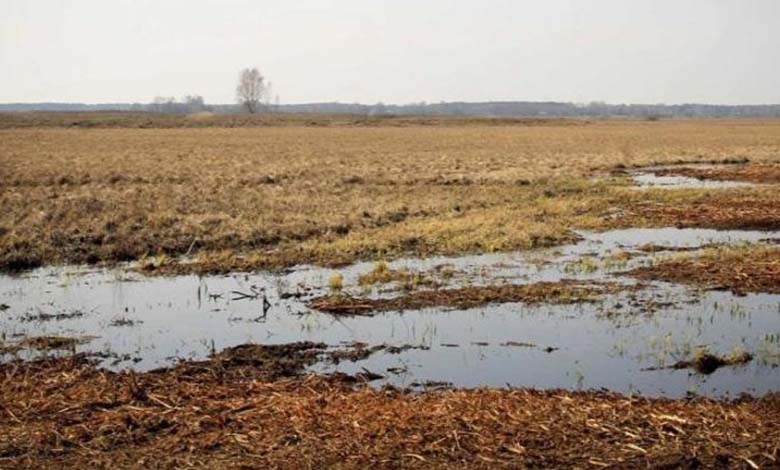Wetlands: A carbon sink, but also a source of methane gas!

Interest in wetlands has increased in recent years because they can sequester carbon. However, a recent study has revealed that they may also be a source of methane.
Wetlands function as a carbon sink, capable of absorbing carbon dioxide from the atmosphere and trapping it, thereby contributing to reducing greenhouse gases. Scientists are therefore striving to find ways to preserve and utilize wetlands to address the climate crisis faced by humans today.
However, what if the same wetlands are a source of one of the most potent greenhouse gases, estimated to be 80 times more dangerous than carbon dioxide? That gas is methane, as revealed by a research group from the Lawrence Berkeley National Laboratory and the University of California, Berkeley. The researchers explained this in a paper published in the journal mSystem on January 3, 2024.
A Wrong Assumption
In the past, scientists believed that with rising sea levels due to global warming, seawater would flow into wetlands, making those areas unsuitable for methane-producing microbes. However, it turned out that this assumption was incorrect. Researchers found that wetlands exposed to seawater, even in very small amounts, emitted high levels of methane, more than any freshwater site.
An Attempt to Understand
Researchers collected 11 samples of wetlands around the San Francisco Bay and Delta and examined the microbes in the samples. They compared the amount of methane-producing microbes (methanogens) in the samples with the methane levels they observed but found them to be disproportionate. When they compared the amount of methane-consuming microbes (methanotrophs) to those that release methane, they also found no explanation.
So, What’s the Secret?
Well, the researchers analyzed the DNA of several types of organisms from the samples they collected, including bacteria, fungi, and viruses. They thoroughly examined gene sequences to identify genes involved in both the nitrogen and carbon cycles. Then, they created a model that combines this genetic information with chemical factors in water and soil, perhaps to find an explanation for how all these factors work together to produce methane.
They concluded that the amount of methane emitted from wetlands increases when the salinity of the water decreases, while the amount of methane emitted decreases when the salinity of the water increases.
Wetlands play a crucial role in maintaining environmental balance, and humans are attempting to reclaim wetlands that have turned into grasslands. Unfortunately, it is challenging to reap their benefits in absorbing and trapping carbon dioxide before 100 to 150 years ago.












